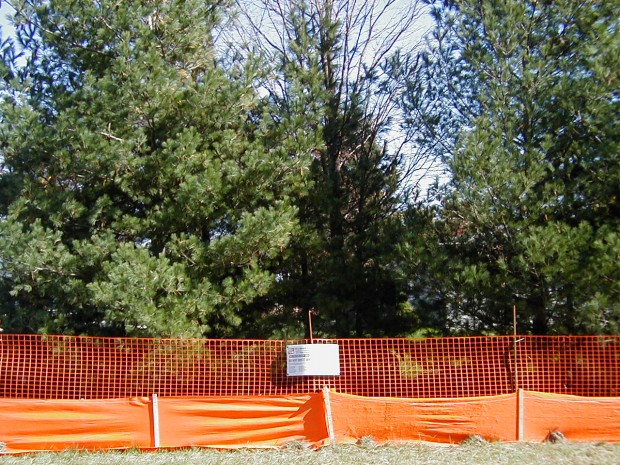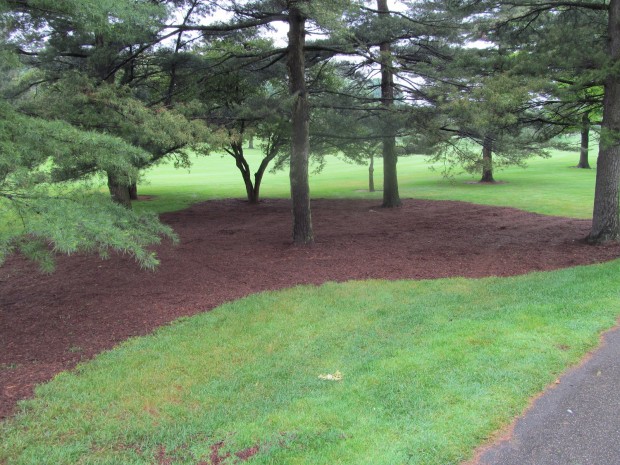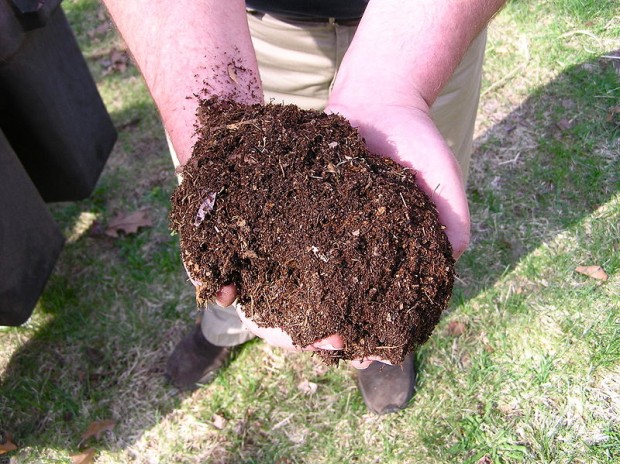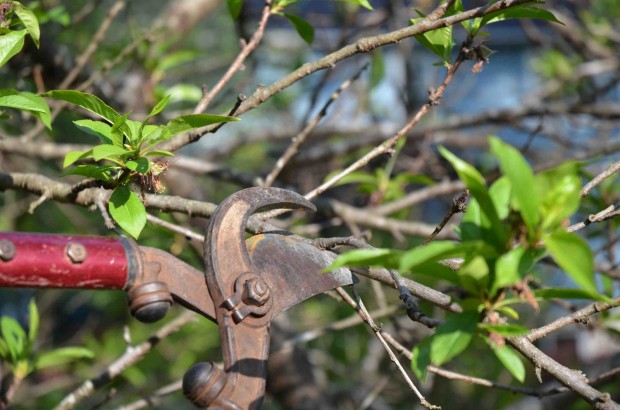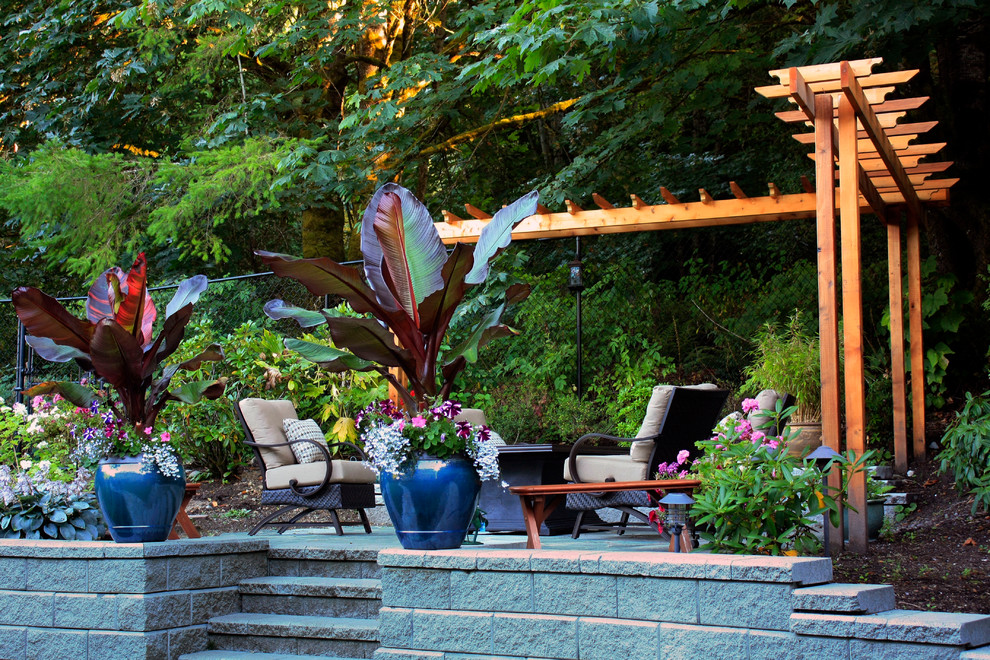Trees and bushes play a role in property worth by enhancing beauty, reducing noise, cutting energy costs, controlling unattractive views, and appealing to songbirds and other wild animals. However, plants supposed to be an element of a residence’s everlasting landscape frequently are needlessly damaged or wiped out during construction. Mindful planning and control with a tree-care professional or contractor can lessen destruction and save you the trouble and cost of treating or eliminating injured plants.
Every time a tree is injured by development activities, power and resources typically used for growth needs to be rerouted toward the process of wound closure and regrowth. During this critical period plants are especially susceptible to additional strain, particularly insects, diseases, and severe weather conditions. You can easily reduce these problems by quickly dealing with the destruction.
Water
Building and construction tasks always modify the levels of water collected by trees and shrubs. Perfectly water vegetation earlier and right after they get any type of a straight harm (e.g., cut off roots). Keep regular irrigating (about 4 to 5 instances each summertime) through the entire upcoming many flourishing periods. Take care not to overwater your trees and shrubs. Drenching the soil up to the level of eight to ten ins through the entire PRZ is an excellent rule-of-thumb.
A couple inches of protective covering disperse over the quantity of its root system as functional might help the tree maintain water and encourage root re-formation. Residing soil goes over the root mechanism might have an identical impact, and can a little more visual. Employ these types of processes to any broadleaf tree displaying limp leaves or any coniferous tree losing extreme levels of needles through the internal tree branches.
Mulching (Vertical and Aeration)
Stress applied to the soil all-around a tree’s origins could potentially cause leaf weaken, early autumn shading, peak dieback, and sluggish progress. Lessen the outcomes of compaction by accurately drilling a number of 2-inch-diameter loopholes within the land up to the level of twelve to eighteen inches. Start numerous feet through the tree main trunk and carry on drilling at 1 to 3 foot periods of time in coextensive rings all over a tree towards PRZ. Every gap can be filled again with accurate soil, vegetable matter or protective covering. For seriously compressed soils, this process— known as vertical mulching—should be continued every 2 to 3 years up until the tree has entirely restored. A tree-care professional may advocate other options, such as soil inoculation of fresh air or water, to enhance soil natural process.
Fertilizer
Damaged trees and shrubs might require further nutrition to exchange broken root networks. Fertilizers formulated with nitrogen and phosphorus often helps distressed vegetation retrieve because these nutrients and vitamins improve plant and root development. Prevent extreme nitrogen; enhanced foliation and stem expansion may cause strain, particularly during the course of warm, dry-weather or when the tree has become distressed because of construction work. Due to this difficulty, numerous specialists advocate prepared a couple of years after problems has happened before fertilizing the trees and shrubs.
Appropriate Pruning
Mindful pruning and injury heal are essential procedures for broken trees and shrubs. Prune busted or lifeless tree branches flawlessly within branch collar. To check if a branch is dead, fold countless twigs. Twigs on living tree branches are usually flexible, whereas twigs on inactive divisions are likely to break. Buds can also be employed to assess branch situation. Alive buds look complete and average in color whereas deceased ones seem shrunken or dried out.
Pruning is generally appropriate for broad trees and shrubs that have already encountered root problems. However, viewpoints vary through the worth of this exercise. Making the assumption that the tree has sufficient water and is certainly not in extreme declination, many specialists assume that keeping optimum leafage cover is essential for root re-formation and just lifeless tree limbs ought to be eliminated. Others believe pruning chosen active limbs is important to replace for missing roots. In common, it is advisable adhere to the suggestion of your tree-care professional proficient in development destruction of trees and shrubs.
When correctly completed in modest amounts by an experienced specialist, pruning may decrease breeze confrontation, tree branch failure and enhance tree wellness and general look. Do not allow anybody cut-off the entire top tree branches to exactly the same level (“topping”).
Pest and Disease Issues
Pests are definitely attracted by distinct toxins that freed by vegetation retrieving from problems. Kinds of insect bugs that may detect a tree under stress range from the sap beetle, pine bark beetle, two-lined chestnut borer, bronze birch borer, and a few scale pests. These pests can destroy a plant by their transferring disease.
Similarly, many diseases increase in vegetation suffering from strain. Verticillium wilt disease, Armillaria mellea, and ash yellows are types of problems that assault damaged trees and shrubs. Regularly observe the fitness of your trees and shrubs, specifically those close to construction workouts, for pest and disorder issues. Right procedures, such as restorative pruning, irrigating, and fungicide approaches, can improve tree wellness. Speak to your state instructor or nearby tree farmer for more information on particular tree insects.
Article By:
Rachel Zoe – An experienced tree management expert working in a Sydney tree company since 2005 to provide her professional services in preparing arborist report cost, and tree risk management plan.

